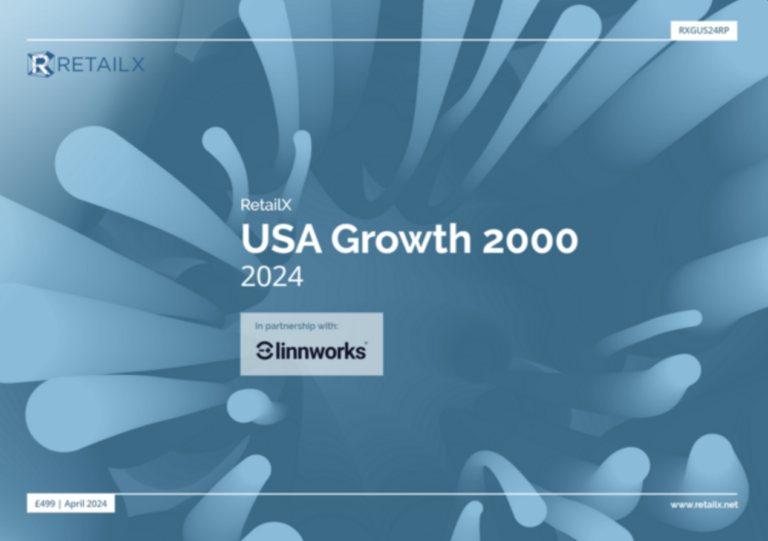Amazon’s purchase of Whole Foods not only gives Amazon a food supplier to feed, if you’ll pardon the pun, its online grocery delivery business, but it could also be the keystone that locks together all elements of its retail strategy – Amazon Fresh, Go Stores, Alexa Home Device.
Fresh foods – and especially Whole Foods – is the high turnover, highly profitable end of the retail business, and is ideal for transformation using mobile. This move not only gives it access to the food retail market, but also the real estate needed to create a chain of new style high street stores.
“Amazon is known to be developing cashier-less stores in the US – It’s already trialling them in Seattle,” says David Jinks, ParcelHero’s Head of Consumer Research. “A chain of automated Whole Foods stores, in the US and here in the UK, might prove attractive to busy younger shoppers, hard pressed for time but interested in eating healthily; which would complement the online business.”
The deal makes sense as Whole Foods attracts entirely the young, middle class consumer Amazon is trying to reach with its latest expansions into new markets such as pharmacies and car sales. The Whole Food market chain shook up the food retail industry in the same way Amazon has shaken up e-commerce at its launch, bringing organic and health foods to the table of people across the US and Britain.
But recently Whole Foods’ growth has stopped and earlier this year Whole Foods revealed it was to close nine US stores
The deal therefore helps both. According to senior analyst at Forrester, Brendan Witcher: “Up to this point, Amazon has been dabbling at getting into physical stores, but they still need to learn to become a good physical retailer. That takes time and expertise. This acquisition allows them to expedite that learning. That said, we won’t see Amazon logo replacing Whole Foods signs anytime soon. On the flip side, Whole Foods has been behind the curve for a while on digital transformation – even using Instacart to help them along. In many ways, Amazon brings to Whole Foods just as much value in evolving their ability to win, serve, and retain the growing number of online grocery shoppers.”
If Amazon can make its Go technology work to scale, then this deal could just reshape the whole of high street retail.
Says Alastair Lockhart, Insight Director at shopper and retail marketing agency Savvy: “If – and that’s a big if as it stands – Amazon can perfect and scale the technology to make the Amazon Go model work effectively and reliably, then access to a store estate if this size could be a game changer.”
It is a big ‘if’ but it does seem inevitable that Amazon Go or similar technology will play a significant role in what the etail giant does with Whole Food’s stores. What would be the point in buying the real estate if they were just going to do the same old same old?
And consumers want retail to be transformed.
“As consumers want to be able to shop with flexibility – sometimes online, sometimes in-store – and expect the experience to be seamless regardless of the channel they choose, this new deal caters to that need, marrying Amazon’s online expertise with Wholefood’s physical presence,” says Rupal Karia, Head of Commercial, UK and Ireland at Fujitsu. “This is where retailers need to find ways to match it and ensure they are differentiating themselves from their competitors. Our recent study highlighted that that 8-in-10 consumers would spend more with retailers that have a better technology offering, which means that whilst high street stores hold greater opportunities than ever, those unwilling to embrace technological advancements will not reap the rewards. Retailers need to take note and ensure that they too are providing their customers with the relevant channels for their shopping needs and not run the risk of freezing out customers for failing to do so.”
What is certain is that consumers want an experience and they are itching for retail to change. This move will make that happen. “The recent moves by Amazon and Walmart are a recognition that the path forward for success is centered around providing a compelling experience wherever the consumer wants to transact,” says Scott Webb, President of Avionos. “Walmart, the leader in traditional physical retail, is recognizing that they need a better experience with the brands and products they are offering, both online and instore. Amazon, the clear leader in the digital experience, is recognizing that there is still a compelling need to have a physical presence where they can support their customers’ full experience needs.”
It is still all up in the air as to exactly what Amazon is going to do with Whole Foods, but one thing is for sure and Forrester’s Witcher is blunt: “This move raises a serious red flag for all retailers down the road – once Amazon wins the high frequency purchase, they are likely to win other purchases – from blenders to lamps to shirts – due to convenience buying. The market should take note that this is just the beginning for Amazon – it’s the first inning of a game that has a long way to go.”









